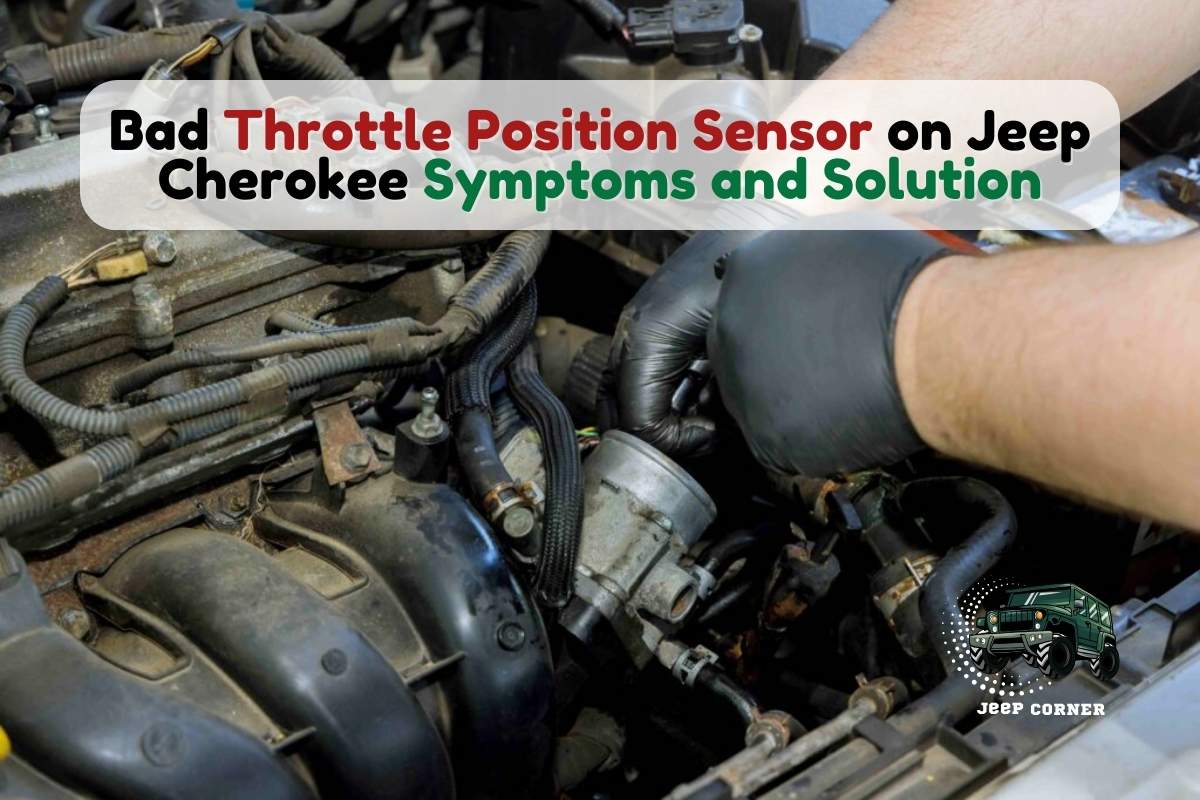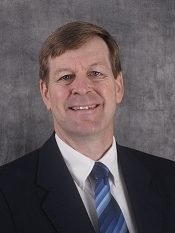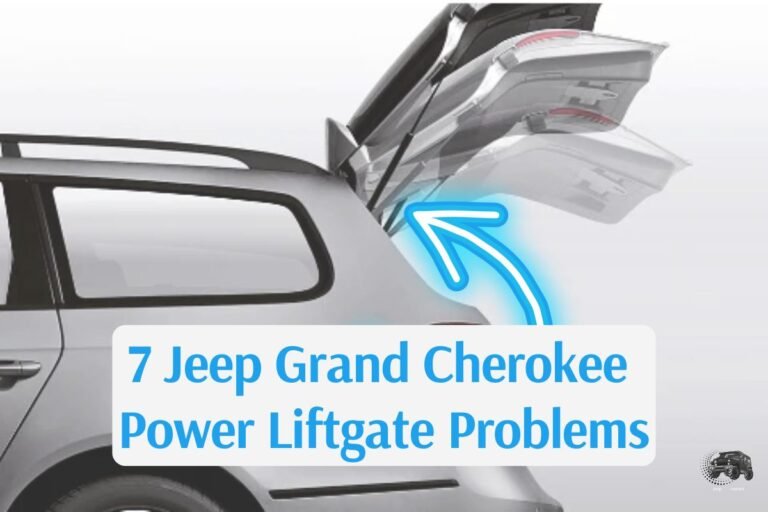Bad Throttle Position Sensor on Jeep Cherokee Symptoms and Solution
Although its presence may go unnoticed, the throttle position sensor in your Jeep Cherokee is a crucial component. Problems with the throttle body might make your Jeep Cherokee difficult to drive.
What is the bad throttle position sensor on Jeep Cherokee Symptoms? Dirt and debris, the ignition switch light, and an irregular idle are common signs of a faulty throttle body. Because of this, it is crucial to recognize the signs of a defective sensor to address the issues promptly and avoid further damage.
In this article, we will discuss seven signs to look out for. We will also discuss the replacement process, potential costs, and benefits.
What Does a Throttle Position Sensor (TPS) Do?
In simple words, TPS helps your engine to keep the right air pressure. The throttle valve is necessary for this function. The valve in your sensor body unit opens when you step on the gas pedal. With that, your engine’s intake manifold will be calibrated by your throttle position sensor.
This tiny sensor ensures that the ideal ratio of air to fuel is achieved. It communicates with the Engine Control Module (ECM) to maintain consistent idle and acceleration. If this sensor is broken or malfunctioning, you should get a new one so that your car can function at peak efficiency again.
To keep your car’s engine running smoothly, one of the most crucial parts, the throttle body, is controlled by a throttle position sensor, which acts like the nerve cells in the human brain. It can be beneficial like:
- Detects how far down the gas pedal has been depressed.
- Information from the mass flow analyzer.
- Used to calculate the ideal air-to-fuel ratio.

Bad Throttle Position Sensor on Jeep Cherokee Symptoms (Explained)
Most of the time, the symptoms aren’t specific to issues with the TPS, but could also suggest issues with other parts of the system. If your Cherokee’s throttle position sensor is malfunctioning, you may notice any of the following signs.
Uncleaned Throttle Body
Your Cherokee may exhibit terminal ill will when you come to a stop. Until it settles on the ideal idle speed, the RPM may increase by up to 450. A dirty throttle body will exhibit this symptom.
It’s a good idea to check the throttle body for filth accumulation. In many cases, the throttle body isn’t the problem. That’s just dirty. If your throttle body is unclean, it will act like it’s broken. Throttle body cleanser is what you need. It’s simple and inexpensive to keep clean.
Engine Lights Comes On
The computer in your jeep constantly gathers information from the vehicle’s many sensors and parts. Once it detects any abnormal information, it knows an issue has arisen. And it tells the car to turn on the “check engine” light if there’s a problem.
A defective TPS sensor is one possible cause of an illuminated check engine light. Having this light come on soon after starting the car indicates the need for a mechanic’s inspection.
It may be possible to determine the cause of the problem by looking at the stored trouble codes, which would be P0121, P0122, or P0123 for TPS issues. Once the TPS problem has been isolated, fixing it is a breeze.
Problems with Speed
Similarly, you can notice that your Jeep picks up speed but tops out at a certain point. You can feel that your automobile isn’t getting any quicker or upshifting during the first and second gear.
This occurs because your Jeep’s control module becomes extremely muddled when the temperature pressure switch fails. Unless the sensor has failed, this issue may only appear to occur occasionally.
Inaccurate readings from the energy management system might cause the gasoline level to suddenly swing from full to empty.
Switching Gears Can Get Challenging
The TPS could be broken if your automatic gearbox has trouble shifting. The gear and engine must coordinate for the Jeep Cherokee’s complex automatic gearboxes to shift gears smoothly.
Too much variation in engine RPM might make shifts feel jerky. It could also indicate a problem with the transmission, which necessitates prompt inspection.
Poor Fuel Mileage
The failure of the throttle body sensor is one of the most typical causes of this issue. Your car may need more frequent fill-ups of gas as time goes on.
Your car may be consuming more fuel than necessary because it is running a touch rich. When the position sensor fails, you overfill the cylinders and waste power. Lackluster gas mileage could be an indicator of several underlying problems, including clogged fuel injectors and worn-out spark plugs.
Insufficient Power
You’ll quickly notice that your Cherokee doesn’t accelerate normally when it doesn’t get the right quantity of fuel, or if it gets too much.
The TPS is supposed to tell you to add gasoline as quickly as you depress it, but if it’s broken, it won’t. When it’s the other way around, you can find that your car accelerates without your input.
Wanking
Wanking is almost always the result of a faulty TPS as your vehicle attempts to accelerate itself while the acceleration pedal is not depressed all the way. Incorrect speed could also lead to wanking.
Your sensor just about manages to keep its flat position, but the result is an irregular and pulsing sensation. As a direct result of this, the acceleration and deceleration of your vehicle become erratic and unpredictable at the dropping of a hat. When this happens, your Cherokee can even come to a complete stop.

How can I replace the TPS on my Jeep Cherokee?
Changing out the TPS on a Cherokee is a simple task. Nonetheless, for a layman, things can get confusing because of the convoluted sequencing of the numerous components behind the hood.
However, if you have basic technical abilities and a good grasp of the layouts, you can finish the work in under 30 minutes.
Total Time: 30 minutes
-
First, disconnect the Old TPS
-
To begin, undo the connection between the black (negative) connector and the battery. You may get rid of any TPS fault messages by doing this.
-
The little TPS module is wired to the harness that connects the throttle body to the rest of the engine.
-
The removal process entails disconnecting the harness and releasing the clips. You’ll then need to remove two screws from the throttle body to remove it.
-
You’ll probably need a ratchet since a screwdriver won’t fit.
-
Set up the new TPS
Installing a new TPS requires attaching it to the outer casing and tightening two Torx screws.
-
Put the wires back where they belong, and you’re done. If you’ve followed the instructions for installing the new TPS correctly, your Jeep should run and throttle more smoothly than ever before.
-
Not only that, but you’ll need to make the necessary adjustments by hand if your Cherokee is equipped with the system and has an older 4.0L engine.
-
After setting the TPS position, adjust it till the engine idles smoothly.
How does a faulty TPS affect my Jeep?
If the throttle position sensor (TPS) fails, the vehicle’s throttle body will not open and close correctly. It’s a major problem if it won’t close or stays closed. If it remains sealed, air cannot reach the engine, preventing it from starting.
Moreover, if the car’s throttle gets jammed open, too much air will be sucked into the engine, leading to a high or erratic idle.
FAQs
We have compiled the FAQ section to address your remaining queries.
What if I disregard the issue with the throttle position sensor?
If you don’t enjoy putting a lot of money into your car’s malfunctions and erratic behavior, you mustn’t ignore the poor TPS issue. Not being capable of starting the vehicle in the morning is one problem, but having it deteriorate in the middle of the road is a much more serious and dangerous issue.
Do I need to fix a bad TPS?
It’s important to prioritize the problems you’ll work to resolve. If your vehicle is pretty recent with low mileage and has a bad TPS, it may be worthwhile to replace it.
To what extent should my TPS be in effect?
The TPS is built to last the lifespan of your vehicle. However, sometimes things don’t go as planned. The TPS can break down for a variety of reasons, from malfunctions in the electrical system to physical damage, and none of these reasons can be predicted in advance.
How much would it cost to replace the TPS on my vehicle?
The TPS replacement cost for the Jeep Cherokee is between $200 to $500 based on its model years, the price of parts, labor charge, and region.
Final Words
Bad throttle position sensor on Jeep Cherokee Symptoms could be trickier to identify. However, they often show multiple symptoms like poor mileage, loss of acceleration, erratic idle, and check engine light coming on, which make it quite easier to identify a bad TPS.
Replacing the TPS in your Jeep Cherokee is usually the fix when it goes bad. Still, it’s best to have an expert’s opinion on the matter to ensure an accurate diagnosis, so your car’s performance isn’t affected in any way.








